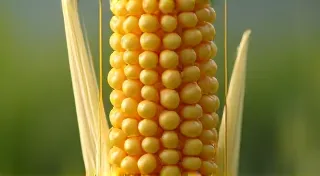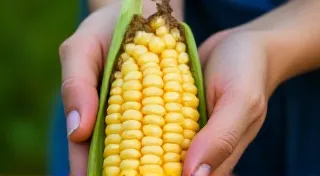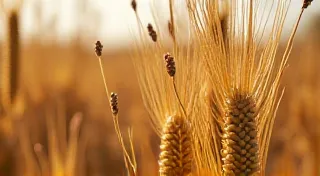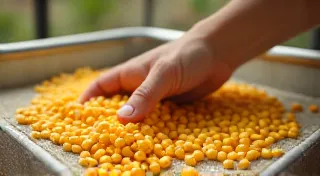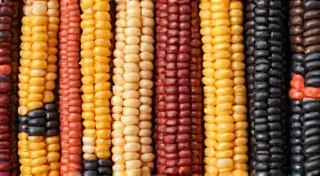Comparing Different Heirloom Corn Growing Regions
Heirloom corn, with its rich history and diverse flavors, can be a rewarding addition to any vegetable garden. However, successful heirloom corn growing isn't just about planting seeds – it's about understanding where these varieties thrive. Different heirloom corn varieties evolved in specific regions, and replicating those conditions, or adapting to them, is crucial for a bountiful harvest. Let’s explore some prime heirloom corn growing regions and what makes them suitable. We’ll consider climate, soil, and growing seasons to help you determine the best approach for your own garden.
The American Midwest: The Heartland of Heirloom Corn
The Midwest, particularly states like Iowa, Illinois, Indiana, and Missouri, is arguably the historical heartland for much of our American heirloom corn. This region boasts a unique combination of factors that contribute to corn’s success:
- Climate: Long, warm summers with consistent rainfall are ideal. The growing season is typically 120-180 days, providing ample time for corn to mature.
- Soil: Rich, fertile soil, often with a high clay content, retains moisture well. The prairie soils were naturally replenished by prairie grasses and the decomposition of organic matter.
- Growing Seasons: A distinct four-season climate with a defined spring planting period and autumn harvest.
Many popular heirloom varieties like 'Kentucky Blue Corn' and 'Golden Sweet' hail from this area. Replicating this environment, even on a smaller scale, can lead to exceptional results. Focus on providing consistent moisture and well-drained soil.
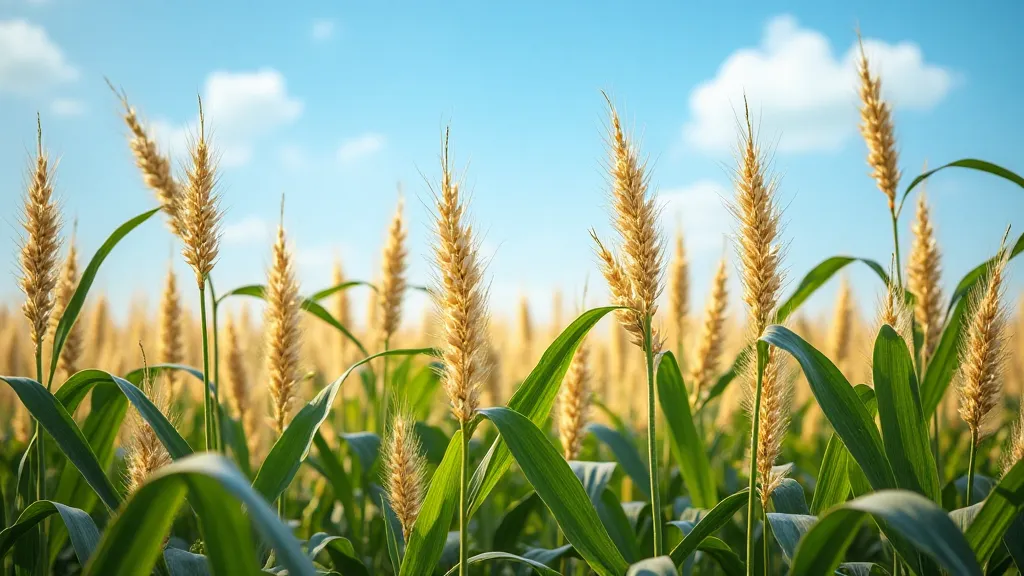
The Appalachian Region: Adapting to Altitude and Rainfall
The Appalachian region, spanning from Pennsylvania to Georgia, presents a different set of challenges and opportunities. Here, elevation and increased rainfall play significant roles:
- Climate: Cooler summers than the Midwest, with higher humidity and more consistent rainfall. Growing seasons are shorter, often around 100-140 days.
- Soil: Generally acidic and rocky, although variations exist depending on the specific location.
- Growing Seasons: A shorter, more localized growing season dictated by elevation and microclimates.
Heirloom corns like 'Painted Mountain Corn' from the Cherokee people have been cultivated here for centuries, proving adaptability. Success in this region requires selecting early-maturing varieties and ensuring good drainage to prevent root rot.
The Southwestern United States: Drought Tolerance and Sun
The Southwestern U.S., including states like Arizona, New Mexico, and Colorado, offers a vastly different environment. Here, the key is adapting to drought conditions and utilizing intense sunlight:
- Climate: Hot, arid summers with infrequent rainfall. Growing seasons are relatively short, typically around 90-120 days.
- Soil: Often sandy and low in organic matter.
- Growing Seasons: A compressed growing season, requiring careful timing of planting to avoid late frosts and early heat.
Heirloom varieties like 'Navajo White Corn' are renowned for their ability to thrive in dry conditions. Selecting drought-tolerant varieties, improving soil water retention through amendments like compost, and utilizing irrigation techniques are vital.
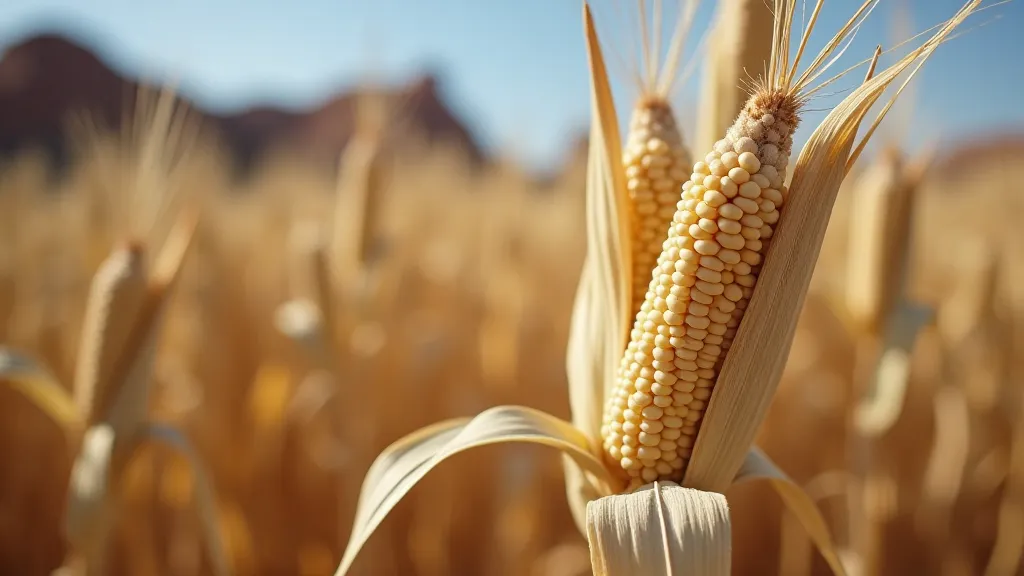
Coastal Regions: Salinity and Humidity
Coastal regions, from the Outer Banks of North Carolina to the California coast, present unique challenges related to salinity and humidity.
- Climate: Moderate temperatures, high humidity, and occasional exposure to saltwater spray.
- Soil: Often sandy and prone to saltwater intrusion.
- Growing Seasons: Relatively long growing seasons, but requiring consideration of coastal winds and potential storms.
Selecting varieties that exhibit tolerance to salinity and ensuring good drainage are paramount. 'Coastal White Corn' is a prime example of a variety adapted to these conditions.
Tips for Success Regardless of Region
Regardless of your specific growing region, several practices can improve your chances of success with heirloom corn:
- Choose the Right Variety: Research the origins of the heirloom corn and select varieties known to thrive in your climate.
- Soil Preparation: Amend your soil with plenty of organic matter to improve drainage and nutrient retention.
- Watering: Provide consistent moisture, especially during pollination.
- Sunlight: Ensure your corn receives at least 6-8 hours of direct sunlight per day.
- Wind Protection: Tall corn stalks are vulnerable to strong winds. Consider planting windbreaks.
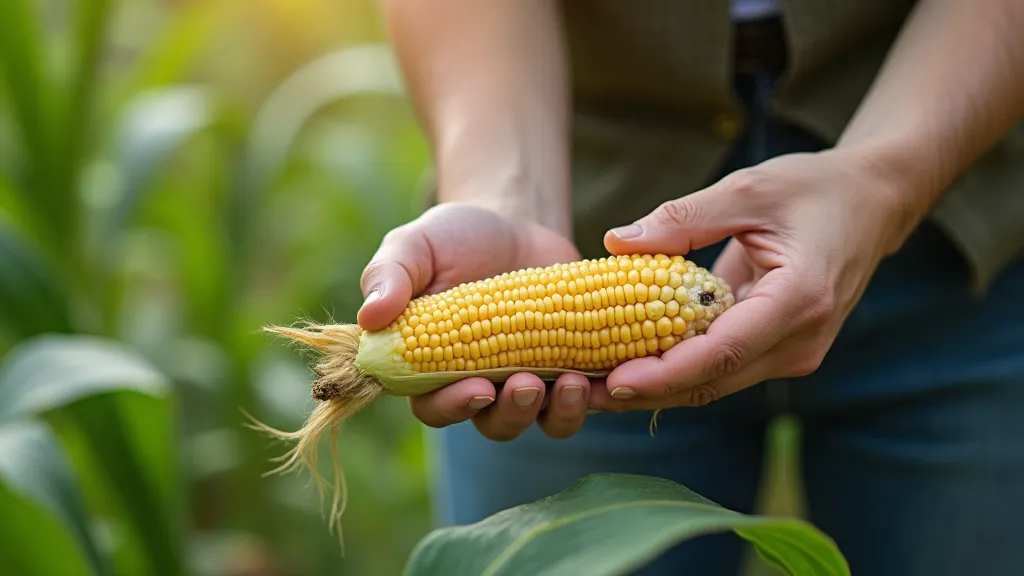
Growing heirloom corn can be a deeply rewarding experience. By understanding the specific needs of these varieties and adapting your gardening practices to match your local climate and soil conditions, you can enjoy a bountiful harvest of delicious and historically significant corn.
